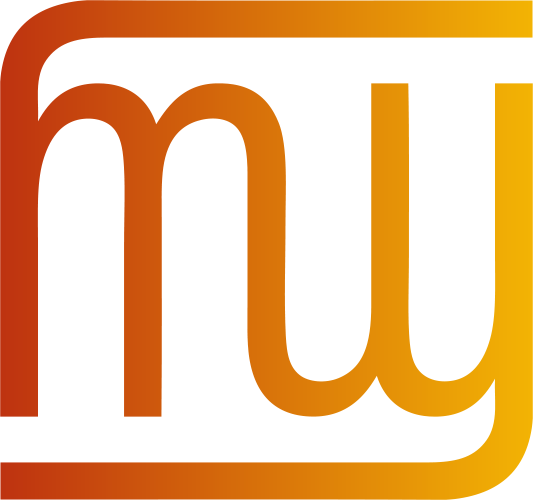 The W3C Internationalization (I18n) Activity works with W3C working groups and liaises with other organizations to ensure Web technologies work for everyone, regardless of their language, script, or culture.
The W3C Internationalization (I18n) Activity works with W3C working groups and liaises with other organizations to ensure Web technologies work for everyone, regardless of their language, script, or culture.
From this page you can find articles and other resources about Web internationalization, and information about the groups that make up the Activity.
Read also about opportunities to participate and fund work via the new Sponsorship Program.
What the W3C Internationalization Activity does
Selected quick links
Selected quick links
Selected quick links
New tutorial for review: An Introduction to Multilingual Web Addresses
This tutorial was decommissioned on 4 June, 2007.
A Web address is used to point to a resource on the Web such as a Web page. Recent developments enable you to add non-ASCII characters to Web addresses. This tutorial provides a high level introduction to how this works, and reviews current support on mainstream browsers.
After reading this tutorial you should:
- understand how domain names containing non-ASCII text are handled, according to the IDN specifications
- understand how path names containing non-ASCII text in Web addresses are handled, according to the IRI specification
- get a general idea of how well multilingual Web addresses are supported for use in major browsers
Web for Everyone?
Presentation by Richard Ishida at Technical Plenary in Boston, USA in March, 2005.
New article: Language tags in HTML and XML
Language tags are used to indicate the language of text in HTML and XML documents, and are also used in HTTP headers, SMIL and SVG switch statements, CSS pseudo-elements, etc. This article describes how to choose values for language tags.
By Richard Ishida & Martin Dürst, W3C.
Specifying the language of content
Specifying the language of content is useful for a wide number of applications, from linguistically sensitive searching to applying language-specific display properties. In some cases the potential applications for language information are still waiting for implementations to catch up, whereas in others, such as detection of language by voice browsers, it is a necessity today. Marking up language information is something that can and should be done today. Without it, it is not possible to take advantage of any of these applications.
This document is one of a series of documents providing HTML authors with techniques for developing internationalized HTML using XHTML 1.0 or HTML 4.01, supported by CSS1, CSS2 and some aspects of CSS3. It focuses specifically on advice about specifying the language of content. It is produced by the Internationalization GEO (Guidelines, Education & Outreach) Working Group of the W3C Internationalization Activity.
New article: An introduction to multilingual Web addresses
Recent developments enable you to add non-ASCII characters to Web addresses. This article provides a high level introduction to how this works. It is aimed at content authors and general users who want to understand the basics without too many gory technical details.
By Richard Ishida, W3C.
Character Model for the World Wide Web 1.0: Resource Identifiers
Architectural Specification providing authors of specifications, software developers, and content developers with a common reference for the use of resource identifiers building on the Universal Character Set, defined jointly by the Unicode Standard and ISO/IEC 10646.
Editors: Martin J. Dürst, François Yergeau, Richard Ishida, Misha Wolf, Tex Texin.
Specifying the language of content
The GEO Task Force of the Internationalization WG has published this new Working Draft to solicit comments prior to publication as a WG Note. Please read and send any comments to www-i18n-comments@w3.org.
The document provides HTML authors with techniques for developing internationalized HTML using XHTML 1.0, HTML 4.01, or XHTML 1.1, supported by CSS1, CSS2 and some aspects of CSS3. This document focuses specifically on advice about specifying the language of content.
Creating a Software Internationalization Requirements Taxonomy
Presentation by Andrea Vine at 26th Internationalization & Unicode Conference in San Jose, USA on 8 September, 2004.
Fun with Regular Expressions: An Implementation of the Unicode Bidi Algorithm
New article: Using HTTP and meta for language information
FAQ-based article: Should I declare the language of my XHTML document using a language attribute, the Content-Language HTTP header, or a meta element?
By Richard Ishida, W3C.